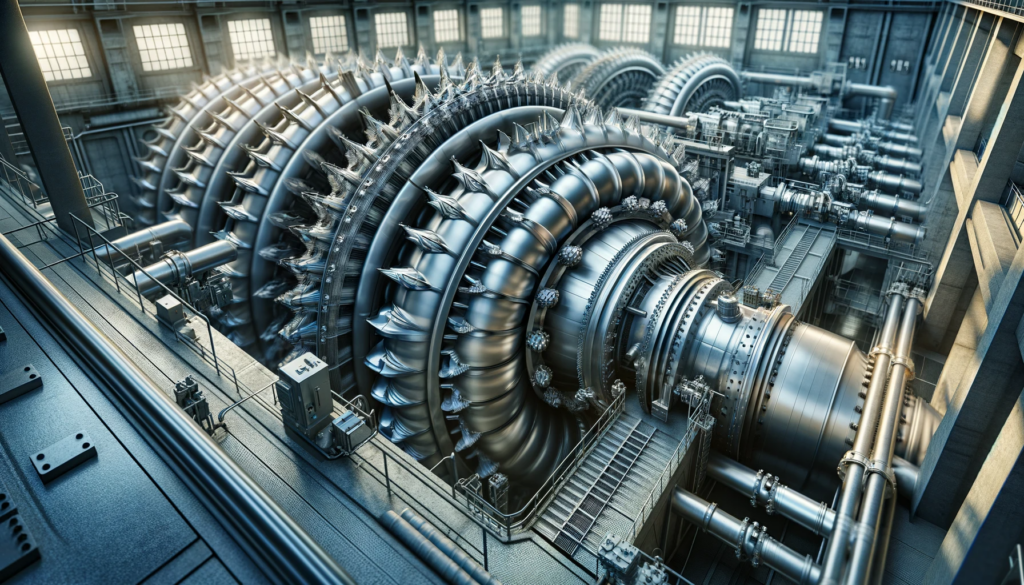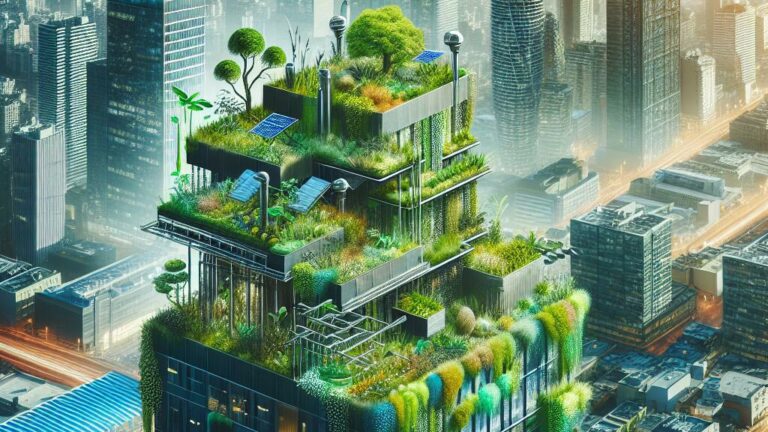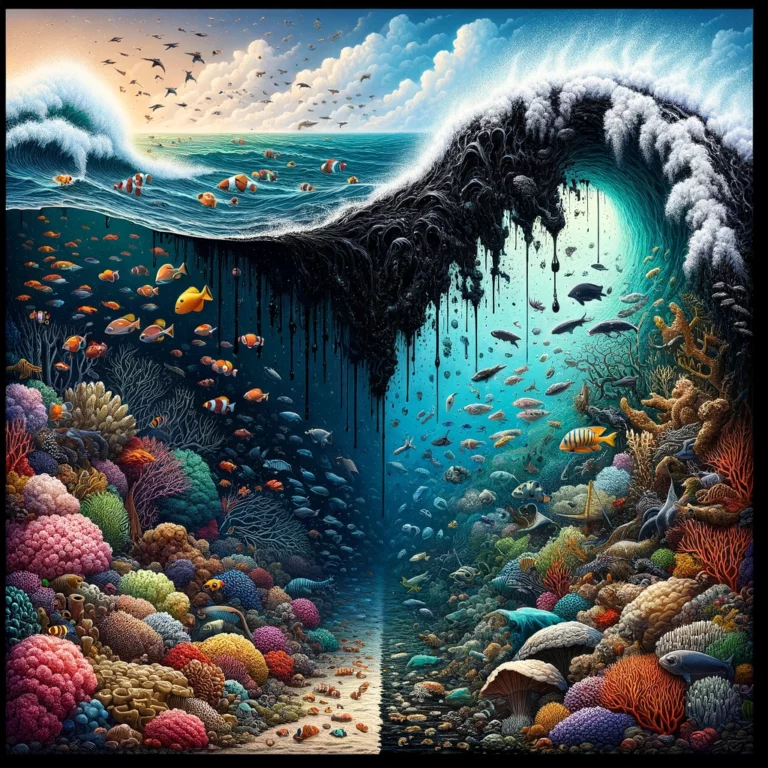Hydroelectric Turbines and Generators in Hydropower
Sustainable energy is a hot topic in today’s world, and one of the key players in this field is hydropower. Hydroelectric turbines and generators play a pivotal role in harnessing the energy of flowing water to produce electricity. In this article, we will explore the fascinating world of hydroelectric power, from the basics of how a turbine converts the energy of flowing water into electricity to the various types of hydropower plants and their environmental impact.

Understanding the Basics: Turbines and Generators in Hydropower
At the heart of every hydropower plant lies a hydraulic turbine connected to a generator. These two components work together to transform the kinetic energy of moving water into mechanical energy and subsequently into electrical energy. Let’s break down the process step by step.
- Water Flow: The journey begins with the flow of water, often controlled by a dam or reservoir. The water is released, creating a controlled and steady flow downstream.
- Turbine Action: As the flowing water strikes the turbine’s blades, it causes the turbine to rotate or spin. This rotational movement is driven by the water’s kinetic energy.
- Generating Electricity: The rotating turbine is connected to a generator, and this connection is where the magic happens. The turbine’s motion induces the generator’s rotor to turn within a magnetic field. This action generates electrical voltage within the generator output terminals.
- Transforming Energy: The voltage developed is then used to produce electricity, which can be distributed to homes and industries for various applications.
The turbine converts the energy of flowing water into mechanical energy, which subsequently causes electricity to flow. It’s a simple yet highly effective process that has been harnessed for centuries to generate electricity on a large scale.
Types of Hydropower Plants
Hydropower facilities come in various types, each with its advantages and disadvantages. Here are some common ones:
- High-Head Hydropower Plants: These plants are typically found in mountainous regions where there is a significant difference in elevation between the water source and the turbine. The force of falling water generates a substantial amount of energy.
- Low-Head Hydropower Plants: In contrast to high-head plants, low-head plants are situated in areas with minimal elevation differences. They rely on a large volume of water and may utilize weirs or diversion structures to direct water towards the turbines.
- Pumped-Storage Hydropower Plants: These plants serve as energy storage solutions. During times of excess electricity generation, surplus energy is used to pump water into an elevated reservoir. When demand rises, the stored water is released, flowing back through the turbines to generate electricity.
- Tidal Hydropower: Tidal power plants harness the regular rise and fall of tides in coastal areas to turn turbines and generate electricity.
- Run-of-River Hydropower Plants: These plants utilize the natural flow of rivers and streams without the need for dams. Water is diverted through penstocks to drive the turbines.
Each type of hydropower plant has its unique characteristics and advantages, allowing them to be deployed in various geographical settings and meet different energy needs.
Environmental Impact and Sustainability
While hydropower is considered a renewable energy source, it is essential to consider its environmental impact. Large dams can alter ecosystems and impact aquatic life, which is why ecological assessments are crucial before the construction of hydroelectric power plants. However, run-of-river and low-head plants have a relatively small environmental footprint compared to high-head and man-made reservoirs.
Hydropower’s sustainability also depends on proper maintenance and responsible management of water resources. The Department of Energy and the U.S. Geological Survey provide valuable resources and guidelines for the sustainable development of hydropower facilities.
Conclusion
Hydroelectric turbines and generators are at the forefront of sustainable energy production, converting the energy of falling or moving water into electricity. They play a vital role in generating renewable energy while minimizing the environmental impact when managed responsibly.
Understanding the mechanics of hydropower plants and the different types available is crucial for promoting renewable energy sources and reducing our reliance on fossil fuels. By harnessing the power of flowing water, we can contribute to a greener and more sustainable future.
Explore more about hydropower, its latest developments, and its contribution to our sustainable energy landscape through reliable sources like the U.S. government websites and hydropower news outlets. Embrace the power of water and join the movement towards a more sustainable future!




